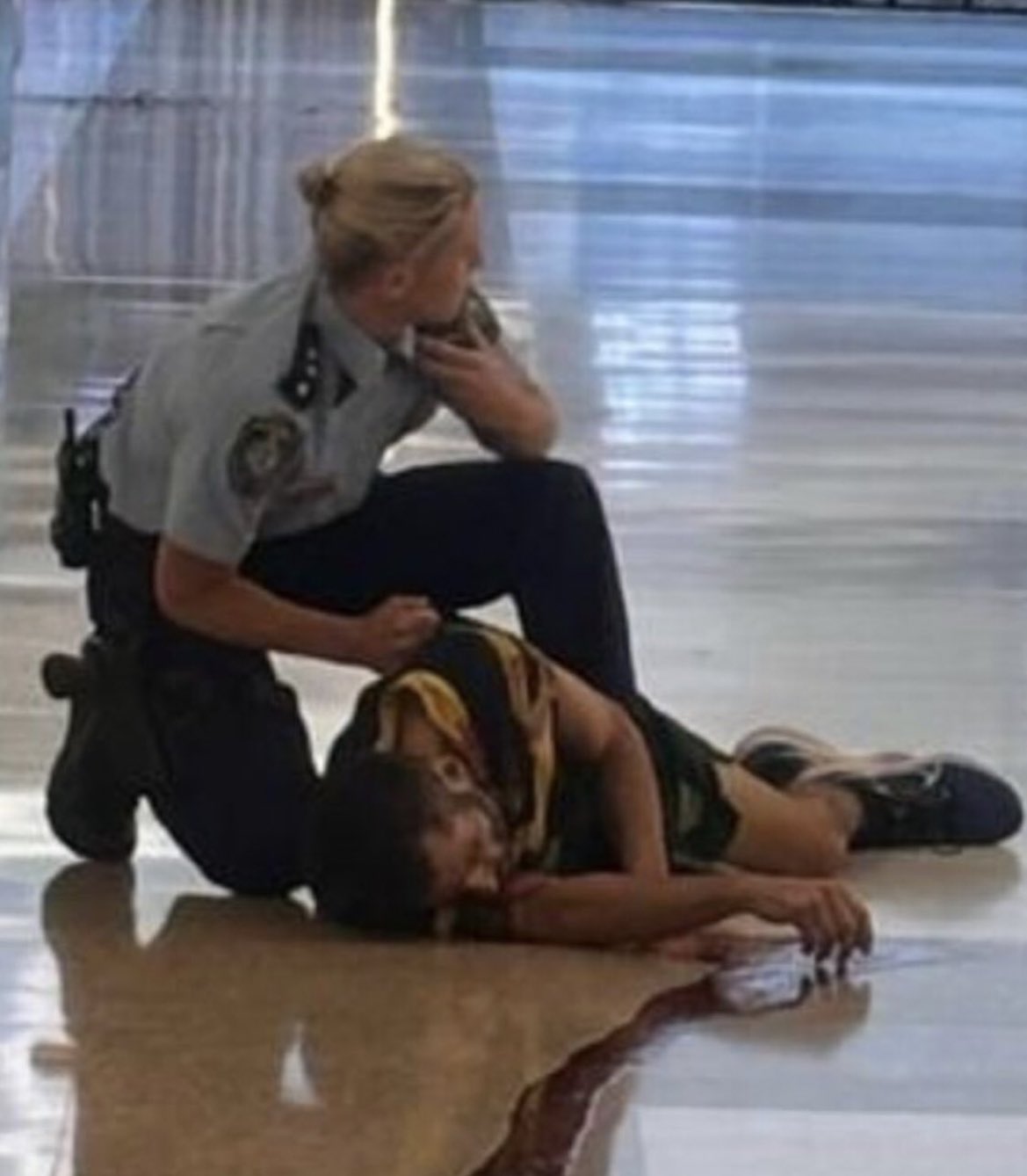The BBC reports:
Children have been let down by a lack of research and “remarkably weak” evidence on medical interventions in gender care, a landmark review says.
The Cass Review, published on Wednesday by paediatrician Dr Hilary Cass, calls for gender services for young people to match the standards of other NHS care.
She says the “toxicity” of the debate around gender meant professionals were “afraid” to openly discuss their views.
Sadly medical professionals who had concerns were hounded for voicing their concerns.
Dr Cass told BBC Radio 4’s Today programme that clinicians were concerned about having “no guidance, no evidence, no training”.
She said “we don’t have good evidence” that puberty blockers are safe to use to “arrest puberty”, adding that what started out as a clinical trial had been expanded to a wider group of young people before the results of that trial were available.
Young people who are gender incongruant should not be given treatments that don’t have an evidence base behind them. I absolutely support interventions that have been trialled and which have conclusions about effectiveness and benefits and risks.
“It is unusual for us to give a potentially life-changing treatment to young people and not know what happens to them in adulthood, and that’s been a particular problem that we haven’t had the follow-up into adulthood to know what the results of this are,” she said.
That is startling.
The report recommends that clinicians should address issues patients may have, that are not necessarily related to their gender identity, when they are referred to the new clinics.
Dr Cass says these “holistic assessments” should include screening for neurodevelopmental conditions such as autism, and a mental health assessment.
She said the assessments would address what she called “diagnostic overshadowing” – when patients’ other healthcare issues were overlooked in cases of patients questioning their gender.
She told Today that many of the more than 3,000 young people being seen by gender identity services were birth-registered girls presenting in early teens, “often with quite complex additional problems”.
She said about 15 years ago only 50 predominantly birth-registered boys were being seen by gender identity services.
Basically the report concludes you shouldn’t just conclude that gender incongruence is the only problem and hence a gender change is the only solution. In many cases it could well be the best solution, but not all.
The fact that there has been a 5000% increase in referrals is an issue that needs more research into why.
“What’s unfortunately happened for these young people is that because of the toxicity of the debate, they’ve often been bypassed by local services who’ve been really nervous about seeing them,” Dr Cass said.
“So rather than doing the things that they would do for other young people with depression, or anxiety, or perhaps undiagnosed autistic spectrum disorder, they’ve tended to pass them straight on to the Gid service.”
“There are few other areas of healthcare where professionals are so afraid to openly discuss their views, where people are vilified on social media, and where name-calling echoes the worst bullying behaviour,” she said.
Her report added that the “exceptional” toxicity has had a negative impact on the quality and availability of evidence.
The bullies on social media have a lot to answer for.
The report also warns that younger children should be treated with a “more cautious approach” than adolescents when considering whether to allow them to change their names, pronouns or clothing – known as socially transitioning.
It says those who have not yet reached puberty should be “prioritised for early discussion with a professional with relevant experience” and they should be put on a separate care pathway than older, adolescent patients.
I’ve made this point before. There younger the child, the more cautious one should be about conclusions.
Like this:
Like Loading...





